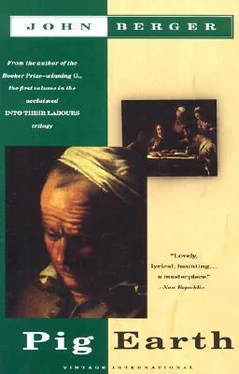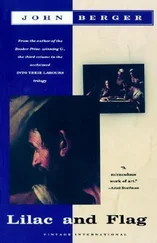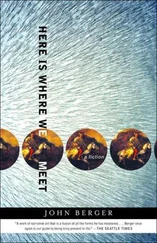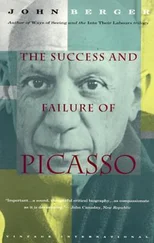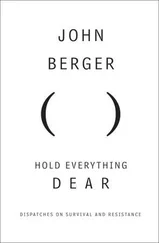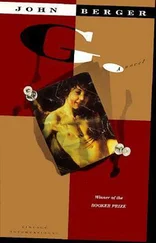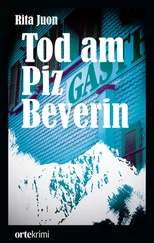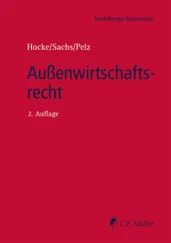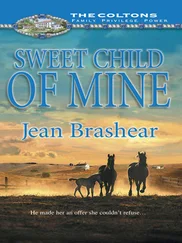It’s a girl! cried the neighbour.
La Mélanie looked tenderly, and with surprise, at the tiny body, the colour of a radish, held upside down.
Give her to me.
On the forehead of the baby’s puckered face was a dark, red mark.
Jésus! Forgive me! La Mélanie screamed. She is marked with the mark of the craving.
When a woman is pregnant, she sometimes craves for something special to eat or drink or touch. It is the right of the mother, by a kind of decree of nature, to have what she wants. Yet often it is not possible, and it is then that she must be careful. For if one of her cravings is denied, the next time she touches her body, the touch may be printed in the same place on the embryo in her womb. And so it is better when one of her cravings has been unsatisfied, for her to touch deliberately her foot or her bottom: otherwise, without thinking, she may touch her cheek or her ear and this will be printed as a disfiguring mark on the child.
Jésus! cried La Mélanie again. I have marked her face with the mark of the craving.
Mélanie, be calm. It is not the mark of the craving. I’ve seen it often. It is where her face rubbed as she came out, said her sister.
The neighbour took the baby to press the top of her head so that it should be as round as possible.
It was when I wanted to eat freshwater fish! La Mélanie insisted.
Her sister was proved right, for in a few days the red mark disappeared, and only much later did La Mélanie ask herself whether her daughter had not, after all, been marked by the mark of another kind of craving. As a young child, two things were unusual about her. She remained very small. And as soon as she could crawl, and later walk, she had a habit of disappearing.
You lose her as easily as you lose a button, La Mélanie said.
I think of Lucie — for that is how she was christened — as a baby in her cradle. What is the difference between a baby and a small animal? An animal goes straight along its own path. A baby vacillates, rolling first to one side and then to the other. Either she’s all smiles and gurgles, or a face all puckered up and bawling.
When she was six, Lucie was missing for a whole day. If I go out of the door now and take a few steps up the hillside to where the cows are grazing, I can see the track she took.
It leads to the skyline where the moon rises. In August when the cows are grazing up there, they are silhouetted as if against a great circular lantern. From there the path leads along the crest to a pass where there are some marmots, through a moraine of boulders the size of houses, along the edge of an escarpment, and finally down to the forest below.
In the evening Lucie came back with her hat full of mushrooms. Yet by that time, Marius à Brine had organised a search-party. I remember the men filling their lamps with paraffin.
When there wasn’t any work to be done at home, Lucie went to school. The village teacher was called Masson. He used to read from the Life of Voltaire and the curé preached against this book in church. One thing impressed me about the Life of Voltaire . When there was famine, he distributed sacks of grain among the peasants at Ferney. Otherwise, the Life of Voltaire belonged to that collection of books which we knew existed and which entailed a way of life we could not imagine. At what time of day did people read? we asked ourselves.
Masson was killed at Verdun. His name is on the war memorial. Each morning, before the first lesson began, he wrote on the blackboard the day of the week, the date of the month and the year of the century. On the war memorial there is only the month and the year of his death: March 1916. After the date each morning, he wrote a saying on the blackboard which we children copied into our books:
Insults should be written on sand
Compliments should be inscribed on marble .
It was in her last year at school that Lucie was given the nickname of the Cocadrille. A cocadrille comes from a cock’s egg hatched in a dung heap. As soon as it comes out of its egg, it makes its way to the most unlikely place. If it is seen by somebody it has not seen, it dies. Otherwise, it can defend itself and can kill anything it chooses, except the weasel. The poison, with which it kills, comes from its eyes and travels along its gaze.
Soon after Lucie was born, La Mélanie had another son who was christened Henri. By the time he was two, he was larger than his sister who could by then sit on the horse, fetch wood for the stove and feed the chickens. It could be that her tiny size was a kind of provocation to jealousy. Small children normally accord rights according to size. Whatever the reason, Henri hated his sister. It was he who, forty years later, said to the Mayor: This sister has never brought anything but shame to our family.
One day Mélanie found three of her chickens dead. The killer was not a fox or a weasel, for the chickens were untouched.
Lucie killed them! shouted Henri, she looked at them and they died.
I never touched them!
She’s a Cocadrille!
I’m not! I’m not!
The Cocadrille! The Cocadrille! shouted Henri.
Stop your bickering, the mother grumbled.
That time the nickname did not stick. The next time it did.
It was between Easter and Whitsun. Later, when I was in the Argentine, I used to tell myself that I could not die until I had seen another month of May, here in the mountains. The grass grows knee-high in the meadows and down the centre of the roads between the wheel ruts. If you are with a friend, you walk down the road with the grass between you. In the forest the late beech leaves come out, the greenest leaves in the world. The cows are let out of the stable for the first time. They leap, kick with their hind legs, turn in circles, jump like goats. The month itself is like a home-coming.
Her brother Emile had left in the autumn to work in Paris as a stoker for the central heating of the new department store of Samaritaine. La Mélanie could not read the postcard which had come, so she gave it to Lucie.
Emile’s coming home!
When?
Sunday.
On the Friday Marius chose the largest of his black rabbits, and, holding it up by its ears, he felt its flesh through the fur.
Yes, you big crook, Emile is coming home!
He stroked it again and then knocked it unconscious with one blow. Delicately, he cut out its two eyes. Their lashes remained unhurt round the two holes through which the blood flowed when he hung it up by its hind legs to bleed. On Sunday morning Mélanie skinned it and cooked it in cider.
Emile’s present for Lucie was a silver-painted model of the Eiffel Tower.
Did you see it? she asked in excitement.
You see it everywhere. It’s three hundred metres high.
At the end of the meal La Mélanie collected up in her hands the neat piles of bones laid on the table beside each plate. The rabbit bones were so clean they looked as if they were made from horn or ivory on which there had never been meat. She was happy. Her son who had come home was already asleep in his room.
Each evening Henri and Lucie took the milk down to the dairy. Lucie’s size never affected her strength. She was as tough as a mountain goat. The same as Henri, she carried twenty litres on her back, the can strapped on like a school satchel. That evening, after he had slept, Emile said he would go with them.
Give me the milk, Lucie.
She refused. Her head was scarcely higher than Emile’s waist.
Could you find me a job in Paris? she asked.
You could work in a baker’s.
Do you live in the same place as you work?
I catch the Métro. The Métro is a train, an electric train that goes underground …
What time do the trains start in the morning? asked Henri.
Читать дальше
